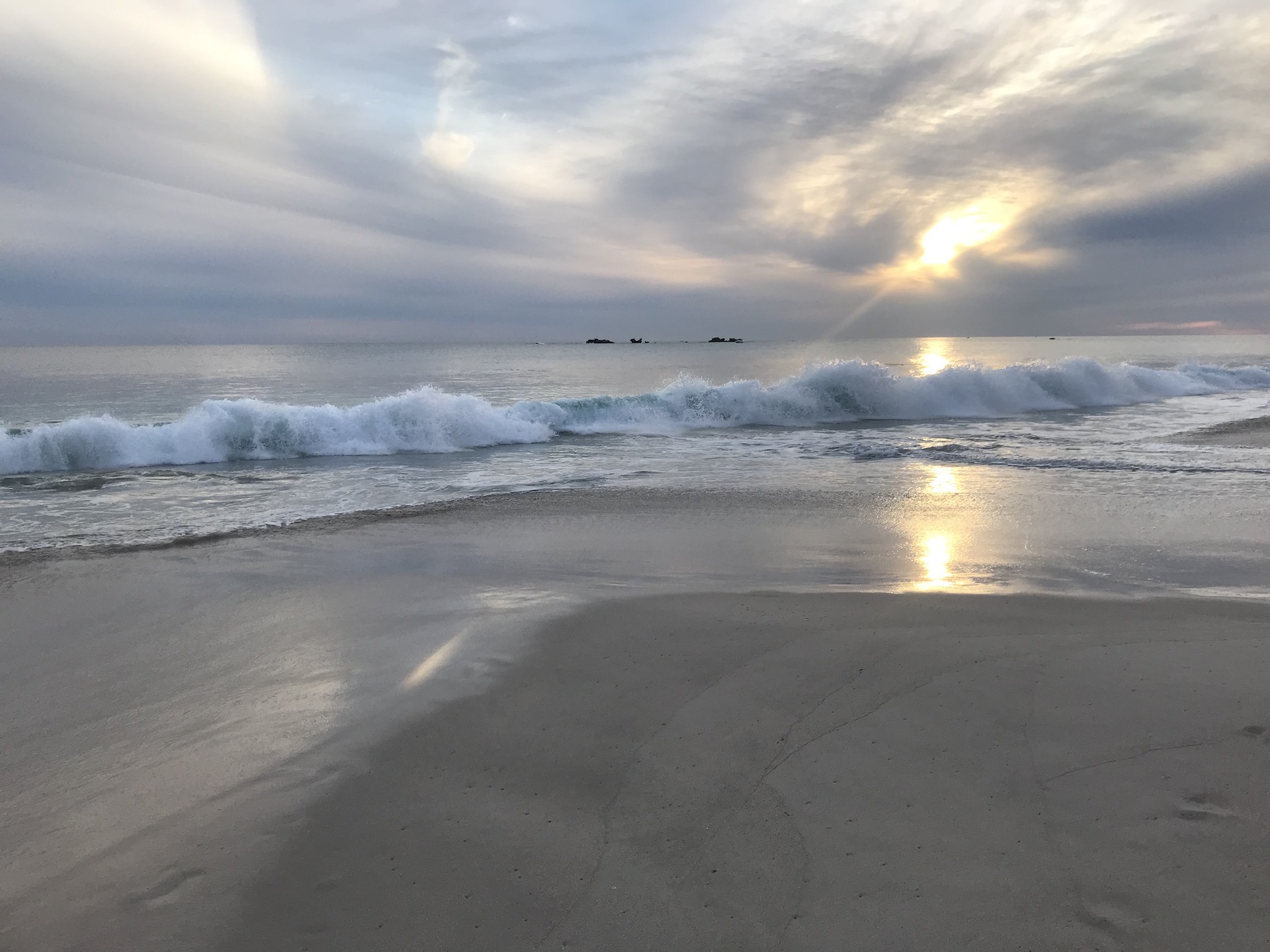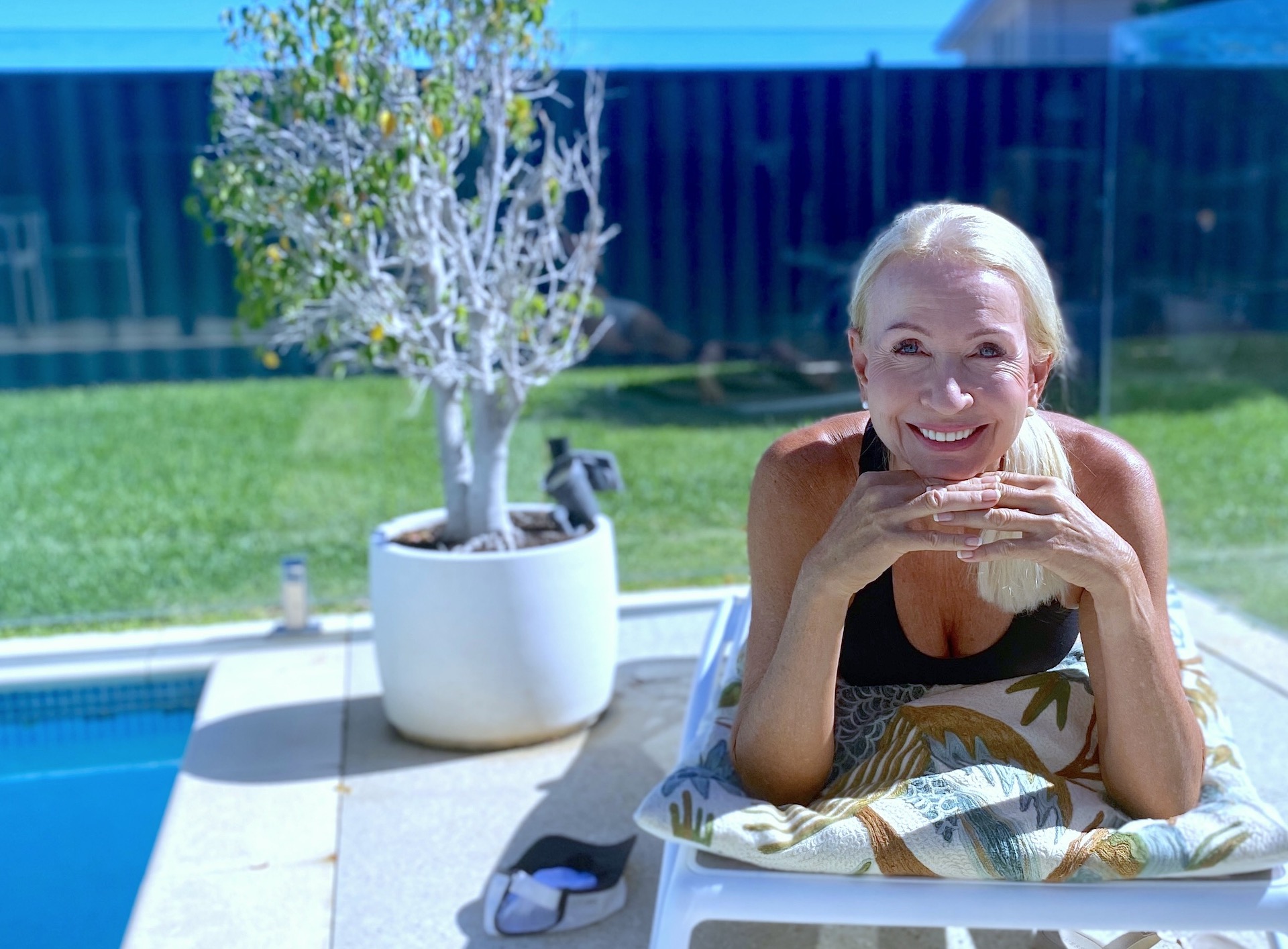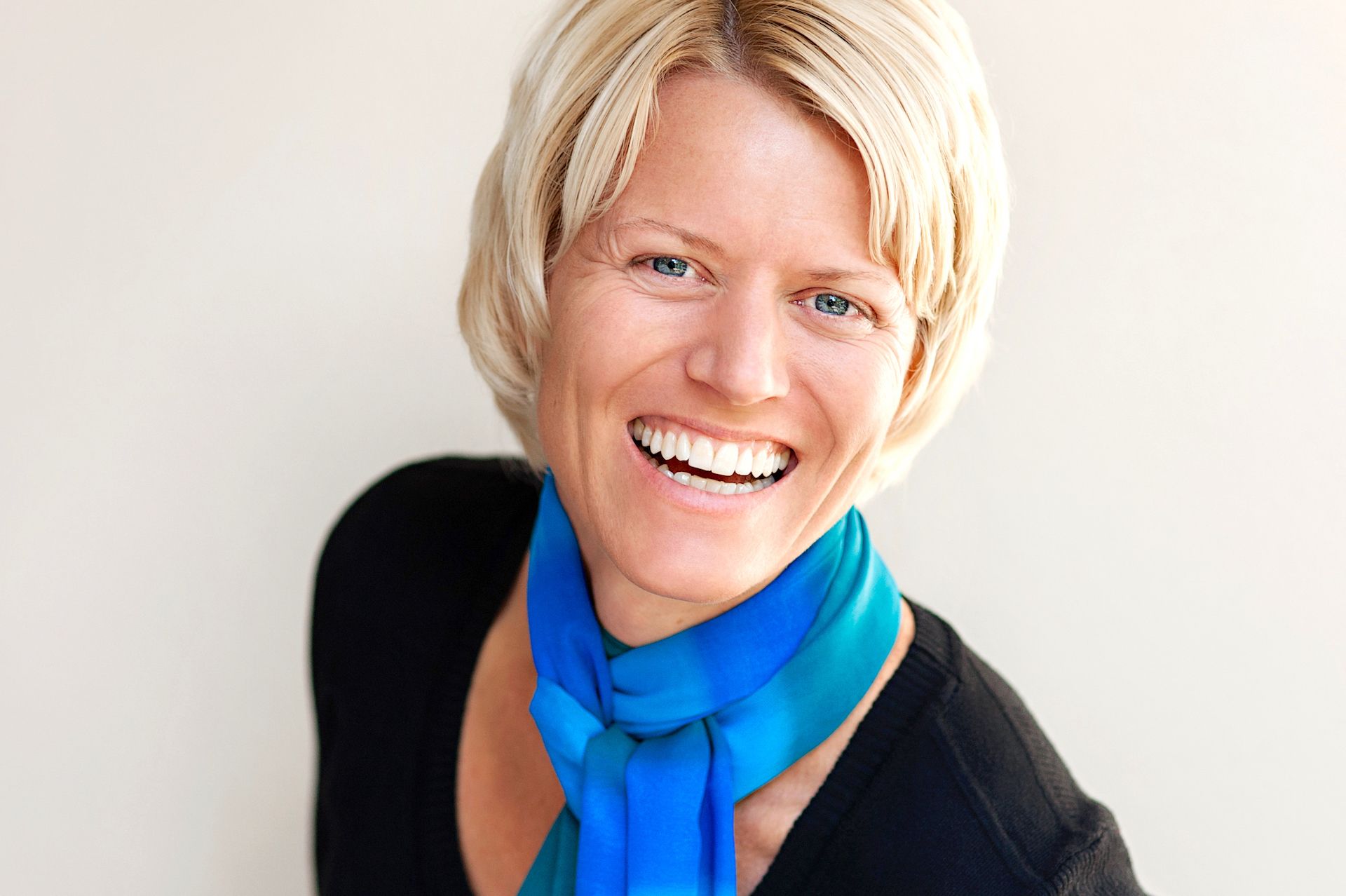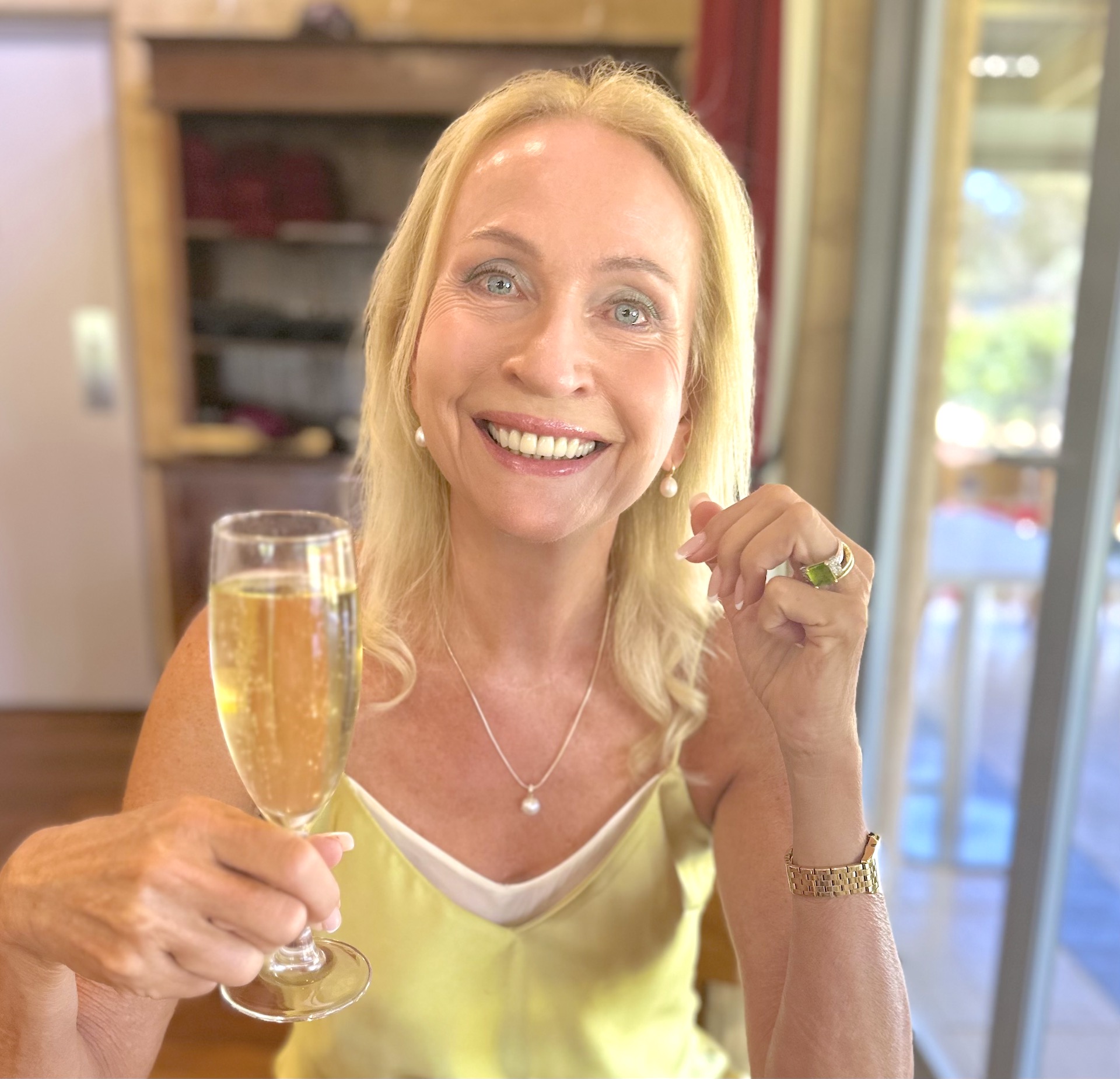Confessions of a biohacker generally include purchases of supplements, books, toys, technology and devices – including ones like the sleep-tracking Oūra ring – that track the success of your biohacking efforts. Here, I’ll explain what made me do it, admit it’s not the best activity tracker, describe how to order an Oūra ring, how to track your sleep and how to hack your sleep – and, most importantly, how the Oūra ring works and how to make it work for you.
I finally did it! In June 2020, I treated myself to an Oūra ring – “the world’s smartest sleep-tracker”. Paid for with husband Roy’s Singapore credit card, this was a bit of a sneaky transaction, effected one night while R C Titchmarsh himself was watching the Hungarian F1 Grand Prix next door with son Carl.
He’s never delighted when Hamilton wins, and his mood wasn’t improved when he saw the purchase confirmation in his inbox.

(To see where I took this grumpy photo, check out my other blog, Travels with Verne and Roy – we were moored in Eperviére.)
Round One: “It’s not cheap!” he snapped, unattractively. True, it cost US$300. “It’s a half-birthday present,” I reasoned; six months had passed since my birthday, so it was high time for a treat. If half-birthdays aren’t a thing, then they should be. In fact, I’d been lusting after an Oūra ring for at least a year.
Half a year is quite long enough to wait for something that Santa omitted to deliver, despite the deafening dropping of heavy hints. (And just think how much money we were saving on international travel in 2020 – squillions!)
What about activity tracking?
Round Two: “You know the Oūra ring not an activity tracker,” barked our Resident Reluctant Santa (RRS) through a mouthful of toothpaste foam. Clearly he’d been doing some online homework between the chequered flag and bedtime.
I knew that. But I didn’t need an activity tracker. Both my Garmin watch and the Apple Health app on my phone feed into another app called Mywellness that does that job. I assume anyone can get Mywellness. I got it when I signed up with the fabulous Craigie Leisure Centre, whose gym is somehow connected with Technogym: “a digital ecosystem of content, software, smart equipment, and services, giving consumers the ability to have a personalised workout experience anytime, anywhere”. (I’d be more specific on that connection if I could, but this research is draining me of the will to live.)
Usefully, Mywellness has an outdoor activity tracking function for walking, running or cycling that also includes a cute map. And, as I said, it talks to Apple Health app. Until this very moment, I thought it didn’t talk to the Oūra ring: now, 16 months after buying it, I’ve just discovered that you can integrate them. And here’s how to do it.
Round Three: “The Oūra reviews are terrible; the ring doesn’t do what it’s supposed to do.” This was both mendacious and spiteful, and the RSS knew it. It’s widely accepted as the world’s top sleep tracker. However, I remained serene and unruffled in the certain knowledge that all my health authors and podcast gurus swear by it – from Chris Kresser, Dave Asprey and Ben Greenfield to Dr David Perlmutter Dr Michael Ruscio. Dr Mark Hyman called it his “favourite gadget of the year”.

That night, despite the gentle waves of discontent emanating from the RSS, I managed to sleep guilt-free. Next morning, I woke after eight-and-a-half hours’ solid kip feeling refreshed, full of energy and ready to cycle to Mullaloo. Or so I thought; but within two weeks, I would have my very own Oūra ring to confirm it!
Ordering the Oūra ring
I was impressed with the service from Oūra, too. Included in the price, they first sent me this finger-size measuring gizmo. Once I’d chosen the size, I emailed that information back to them, and my ring arrived within ten days at most.



Why to track your sleep
While sitting has been called the new smoking, we also know that sleeping is the new exercising. But it’s not that simple. It’s not just how long you sleep for – it’s how well you sleep, judged partly as a function of how much time you spend in deep sleep and REM sleep, among other factors; and that’s what the ring measures.
Here’s an example what Oūra will tell you about a good night’s sleep:

Is there anything better than a good night’s sleep, or anything worse than insomnia? Over the years, I’ve had my share of sleepless nights – but they’re mainly in the past, fortunately. Here’s a rare example of a horrible night’s sleep – New Year’s Eve 2020/21, as you can see:

How to hack your sleep
Luckily, there’s a lot we can do to hack sleep.

It starts with getting your face into full daylight and allowing sunlight to hit your retinas each morning, so to maintain circadian rhythm.
Then comes ensuring optimal levels of magnesium and other minerals; maybe supplementing with melatonin, valerian or ashwagandha; and establishing a regular bedtime routine that includes low lights, blackout curtains, blue-blocking glasses, even an eye-mask, mouth-taping and earplugs, if that’s what it takes.

That’s what it took for me – I’m not a pretty sight at bedtime – and I promise to devote an entire future post to the subject.
How the Oūra ring works
Here’s a nice description on HoneyColony.com:
“The Oura ring app is full of metrics and advanced analyses that it conveniently compiles into ‘scores’. The ring’s advanced sensors work hard to record your body’s resting heart rate, heart rate variability, body temperature, respiratory rate, and recovery optimisation. Some of these measurements are then used to calculate a Readiness Score (0-100 percent).”
Each morning, it uses autonomous nervous system signals like resting heart rate and HRV (heart rate variability) to calculate how well you’re balancing physical activity and rest – or how ‘ready’ you are for the day.
The all-important Readiness Score
Your readiness is based on:
- Last night’s sleep score – apart from brownie points for good amounts of REM and deep sleep, just putting in kip-time seems to garner extra points
- Yesterday’s activity level – you can lose points for either inactivity or over-activity
- Something called sleep balance – an assessment of your two-week sleep score
- Activity/rest balance – it doesn’t like you to be inactive for too long, and will mark you down on extended inactivity
- Body temperature, which shouldn’t fluctuate by more than one or two decimal points of a degree – if it’s unusually high, you may be coming down with something; this score also usefully helps a woman track her menstrual cycle
- Resting heart rate – lower than your own average means better recovery and improved readiness
- Recovery index – a measure of how long it took for your resting heart rate to stabilise during the night. You’ll score higher if it stabilised six hours or more before you woke up.
So, you can check your morning readiness score to help you perform at your best. It’s the first thing I do in the morning. A high readiness score, from 85 to 100, lets me know I can push myself. A score from 75 to 85 recommends a more moderate day of physical activity. And 75 or less is a sign to take it easy.
Can one ignore a dire Readiness score and simply push through it? Of course, but one probably shouldn’t. In these circumstances, punishing yourself on the road or at the gym – just because you’d planned a tough workout and feel compelled to chalk it up – will very likely affect your sleep, too.
In fact, I’m facing this minor dilemma at the moment. Though my Readiness scores historically sit around 85 or higher, they’ve been unusually low for the past several week or more.
Here are a couple of them – first a good Readiness score from about a month ago, and then a crap one from this morning:


In fact, last week I did two back-to-back classes at Craigie Leisure Centre, despite a mediocre readiness score of 75. Sigh. As any boss I’ve ever had will attest, it’s true that I don’t take instruction well… even from something as amazing as the Oūra ring.
Next up, something completely different: my fascinating experience with biological dentistry!






As a voracious reader of your ‘Travels with Verne and Roy’ blog, feeling privileged to have been a witness to your and Roy’s more recent land-locked health journey and an unashamed party to your poor night’s sleep on New Year’s Eve, I am thoroughly enjoying your latest blog. It’s informative, encouraging and not too preachy. Thank you, Verne, for all your hours of research, care and integrity with which you apply your craft.
Thank you, Lynn! I so appreciate your encouragement – and your friendship.